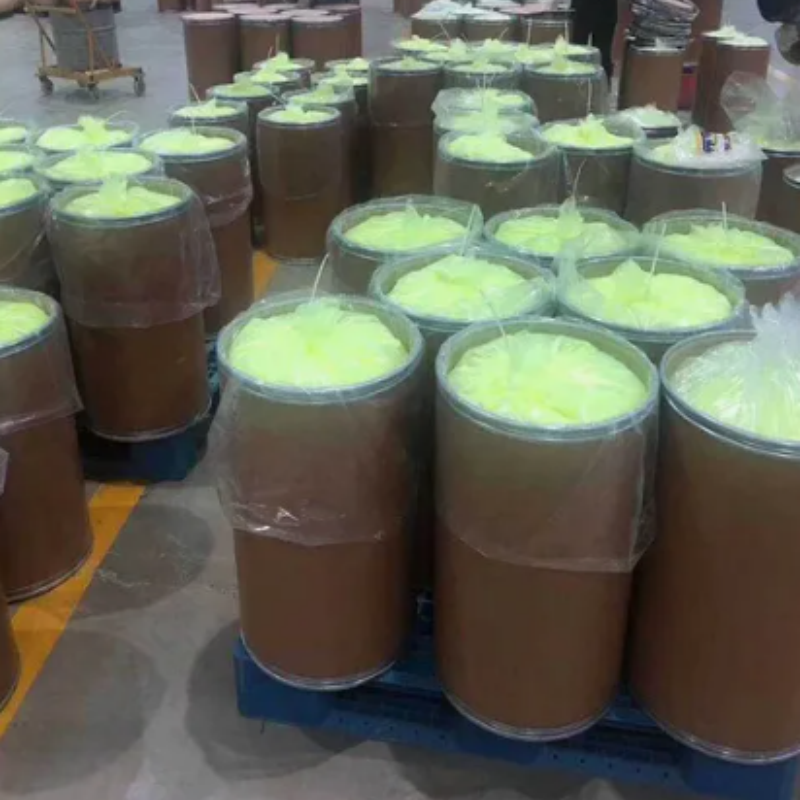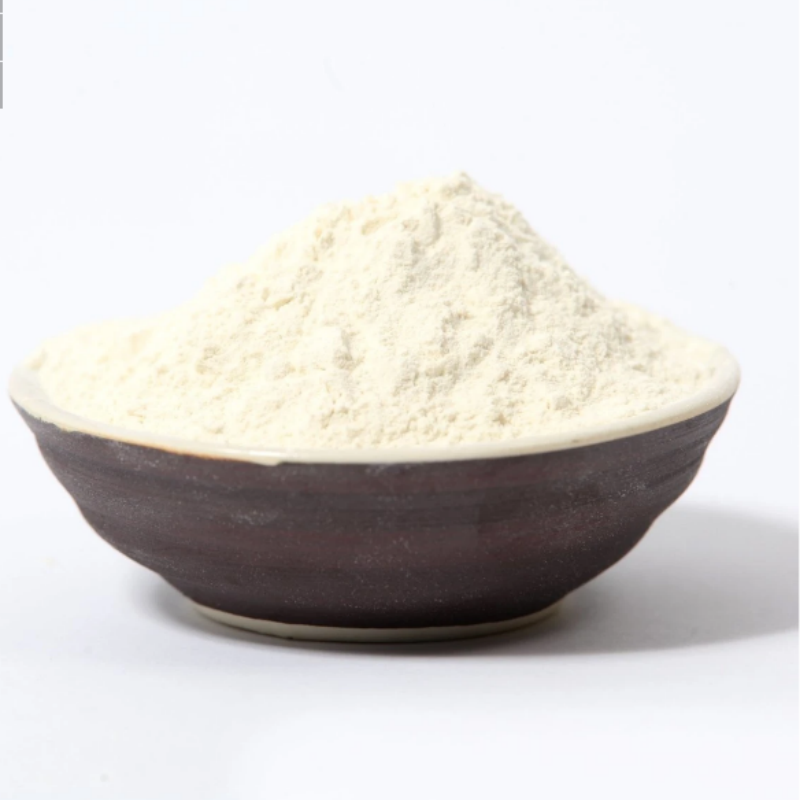-
Categories
-
Pharmaceutical Intermediates
-
Active Pharmaceutical Ingredients
-
Food Additives
- Industrial Coatings
- Agrochemicals
- Dyes and Pigments
- Surfactant
- Flavors and Fragrances
- Chemical Reagents
- Catalyst and Auxiliary
- Natural Products
- Inorganic Chemistry
-
Organic Chemistry
-
Biochemical Engineering
- Analytical Chemistry
-
Cosmetic Ingredient
- Water Treatment Chemical
-
Pharmaceutical Intermediates
Promotion
ECHEMI Mall
Wholesale
Weekly Price
Exhibition
News
-
Trade Service
London copper recently rebounded slightly, the price stood on the 10-day moving average, but the short-term supply side disturbance is insufficient to change the price weakness pattern, copper prices still have the possibility
of a second bottom in the later period.
Tight supply of copper concentrate and scrap copper is expected to support short-term copper prices, but the epidemic is still spreading globally, and the impact on financial markets and terminal consumption is the main logic, which determines that copper prices will continue to decline in
the future.
Affected by the epidemic, countries such as Chile, Peru and Mexico have entered a state of emergency, affecting the production and transportation of some copper mines, and the tight supply of copper concentrate has led to a decline in copper concentrate TC
.
Data show that the current imported copper concentrate processing fee TC is 62.
5 US dollars / ton, down 5 US dollars / ton from last week, and the smelter loss has expanded to about
300 yuan / ton.
However, there are two points to pay attention to, one is that copper smelters have a relatively strong tolerance for losses, and there is a demand for long orders, and there will be no production reduction due to smelting losses for the time being; Second, the copper concentrate spot processing fee TC and the long order level are the same, and there is no extreme divergence, and the sentiment of smelters to buy copper concentrate spot has not been significantly frustrated
.
If the state of emergency in the major copper producing countries in South America is not lifted in the short term, the spot contracts for copper concentrate in the second quarter may encounter force majeure risks, but we believe that the probability of such a medium- and long-term lockdown is low, because the mineral exports of major South American countries account for a large
proportion of GDP.
In terms of copper scrap, Southeast Asian countries action control bans restrict scrap copper exports, coupled with holders due to low copper prices, scrap copper supply tight pattern emerged, refined copper and scrap copper prices inverted, but considering the weak demand of scrap copper processing enterprises and the high level of refined copper inventories since the beginning of the year, the actual support effect of scrap copper supply on prices has weakened
.
The new crown pneumonia epidemic caused turmoil in the global financial market and industrial chain, and asset prices fluctuated sharply, with the largest decline after the Luntong Spring Festival exceeding 25%.
The epidemic has had a greater negative impact on the global economy, and European and American countries are implementing monetary easing policies, but these policies are only a passive reaction to the economic downturn, and cannot change the downward trend of the economy, and the weak production and demand will continue
.
First, the epidemic has frozen part of the demand, and the highly leveraged sector is facing the risk of cash flow disruption, triggering a dollar liquidity crisis and rising real interest rates in the market, and the continued strength of the US dollar has shifted the center of gravity of copper price valuation
downward.
Second, in order to fight the epidemic, overseas countries have adopted lockdown policies, resulting in the basic stagnation of people and logistics, the termination of consumption and the risk of deflation and continued downturn in manufacturing in the whole society, and copper demand will fall
sharply.
In response to market liquidity runs, the United States implemented unlimited quantitative easing policies to inject liquidity into market entities, but the liquidity indicator TED continued to expand, indicating that the tight pattern of market funds has not been significantly alleviated, that is, before the epidemic is controlled, market liquidity problems may break out
again.
From the demand side, the operating rate of domestic processing enterprises continued to rise, of which the operating rate of large copper rods in March has risen to 80%-90%, enterprises continue to digest the accumulated orders in the previous two months, copper stocks have declined for three consecutive weeks, but the situation of domestic new orders and overseas orders is not optimistic, and it is not yet possible to confirm that the inventory inflection point has come
.
In general, short-term supply disturbances will provide support for copper prices, but the epidemic is the source of asset price changes, and it is difficult for related asset prices to return to normal fluctuations before the epidemic is controlled, and the pattern of copper prices falling in the medium term will not change, and there is a possibility
of double bottoming.
Technically, copper prices have been seriously oversold, and there is a need for short liquidation in the market, but the pressure on the upper moving average will gradually increase
during the price rebound.







